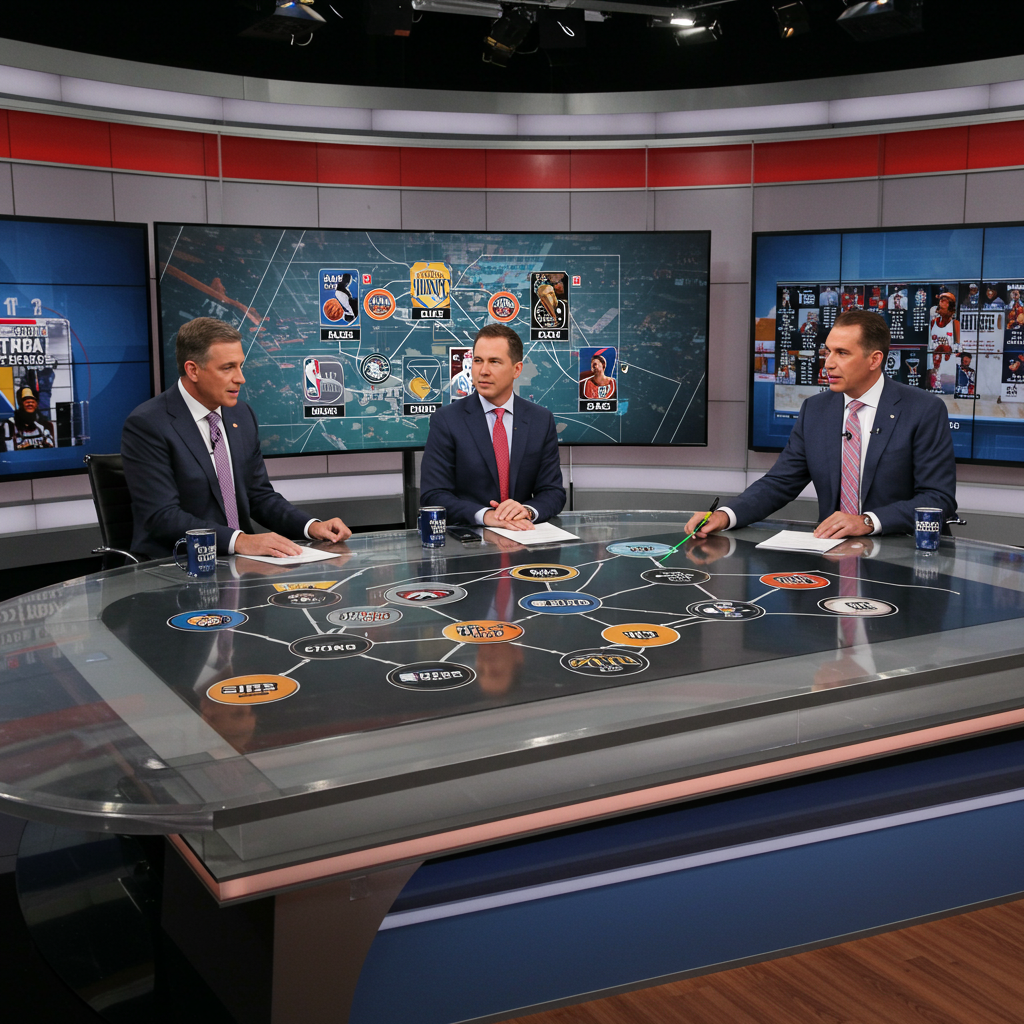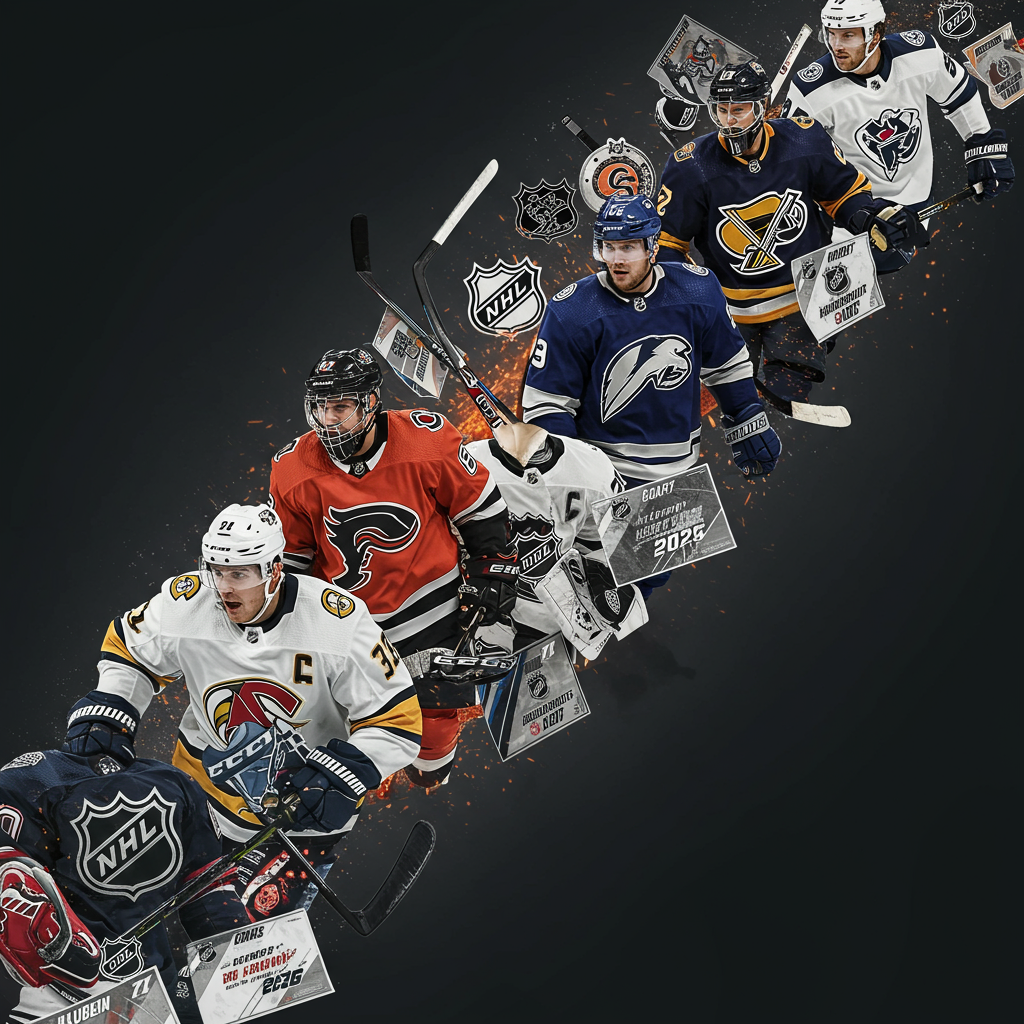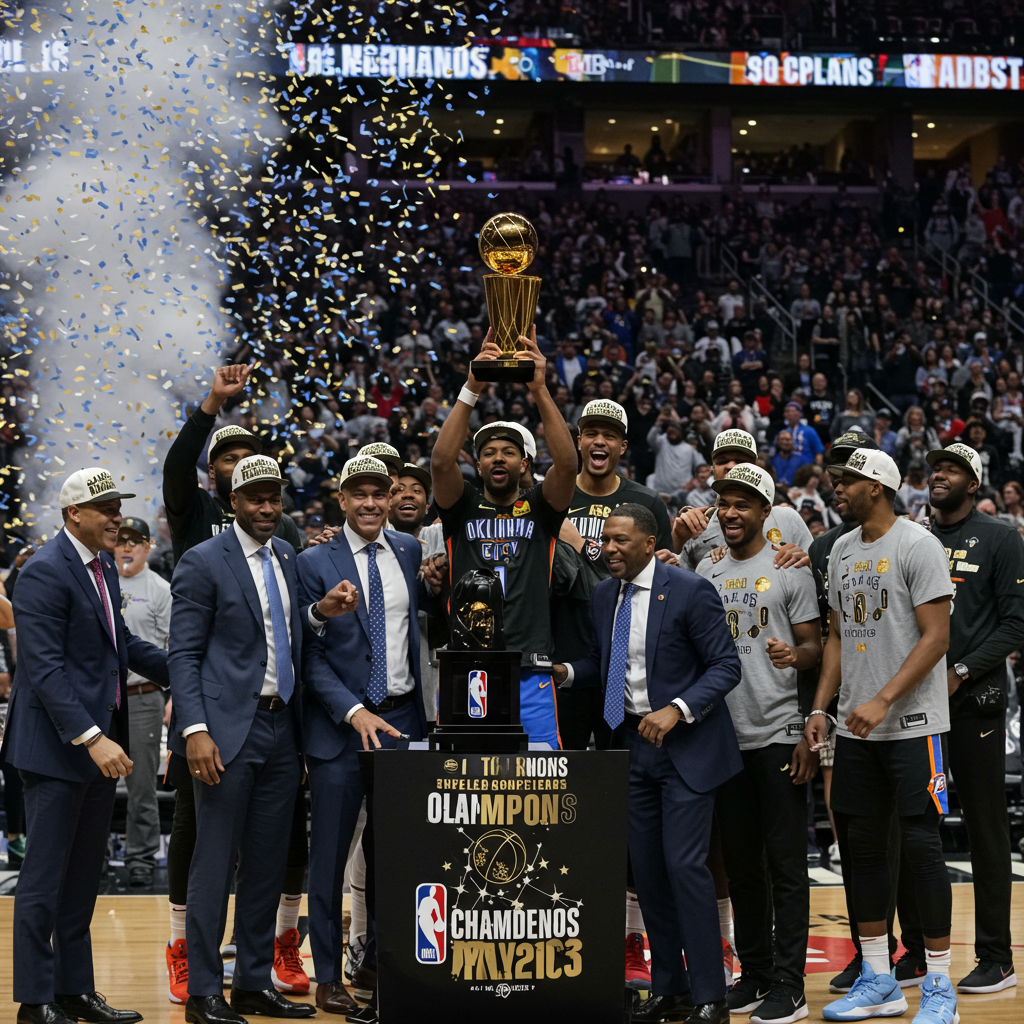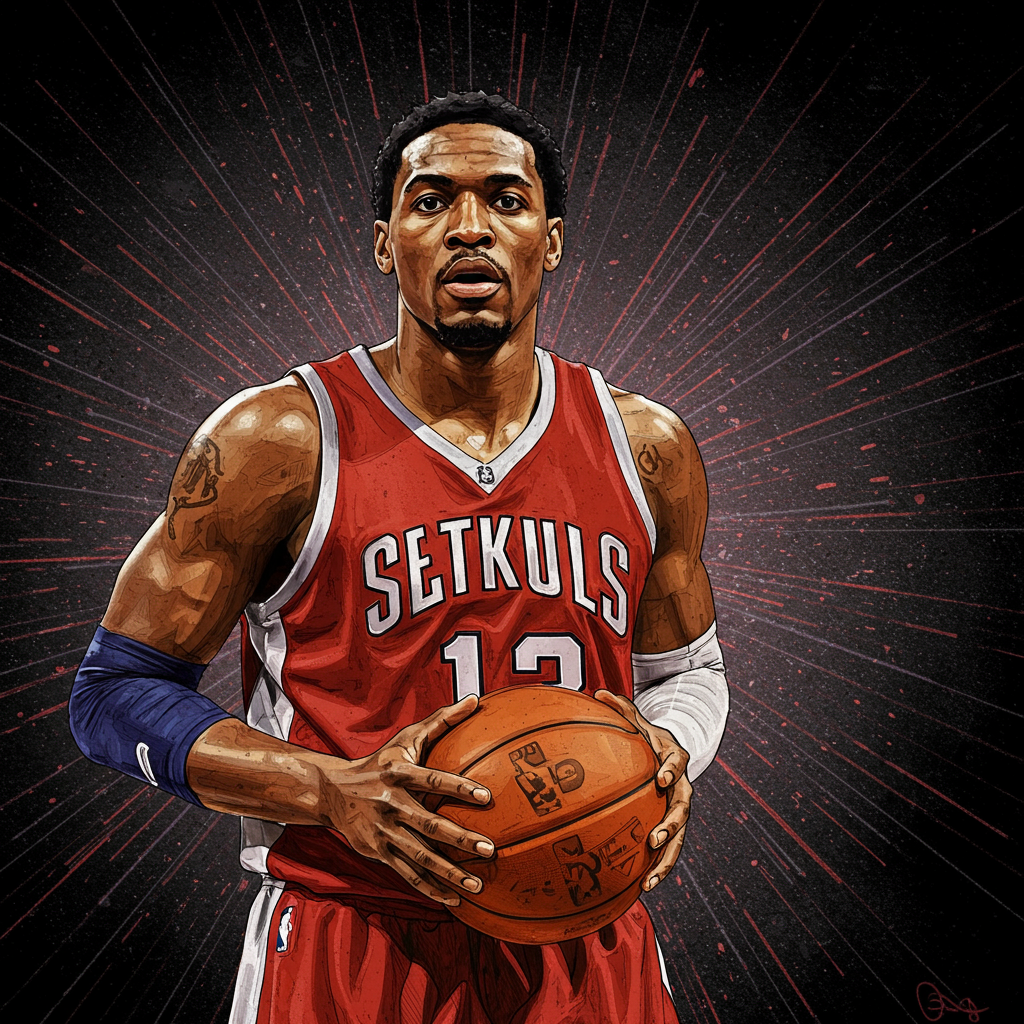How does an NBA trade involve a record-breaking seven teams? It sounds impossibly complex, like eating an elephant, as the saying goes. Yet, these massive transactions happen. They aren’t born fully formed in someone’s mind; rather, they assemble piece by piece, often combining several smaller deals into one giant, simultaneous agreement. This intricate process leverages specific rules within the NBA’s collective bargaining agreement (CBA) to gain strategic advantages.
As someone who worked inside NBA front offices, including seven seasons as the Memphis Grizzlies’ Vice President of Basketball Operations, I’ve seen how these transactions develop from the ground up. A blockbuster of this scale is typically an amalgamation of multiple, seemingly unrelated, smaller moves.
Why NBA Teams Go Big: The Strategic Edge
Teams often construct multi-team trades because it’s significantly more advantageous than completing the same deals sequentially. The primary driver is maximizing the available trade exception. Under the NBA’s CBA, a “simultaneous trade” allows teams to take back considerably more salary than if they completed the deals one after another, even minutes apart.
For example, during my time with the Grizzlies, we had a deal lined up in 2016 to send Courtney Lee to Charlotte. The incoming salaries were less than Lee’s. Doing a straight two-team trade would have created a small trade exception based only on the salary difference. The CBA rule at the time was more restrictive, but still allowed taking back 150 percent of the outgoing salary in a simultaneous deal. We had salary cap room and an incentive to take back more money if another team would pay us (via assets) to do so.
Maximizing Trade Exceptions
Enter the Miami Heat, a team over the luxury tax and facing repeater penalties. They needed to shed payroll. We agreed to send the salary we were getting from Charlotte (Brian Roberts) to Miami and take back a larger salary (Chris Andersen, making almost double Lee’s salary) from the Heat, receiving a second-round pick in return. Suddenly, our two-team trade became a three-team deal. Critically, it met the league’s “touching” requirement: each team in the Memphis-Charlotte-Miami triangle gave something and received something. This simultaneous structure allowed us to absorb Andersen’s salary and create a much larger trade exception than a sequential trade would have permitted.
This example illustrates the core principle. Including additional teams allows for the reshuffling of salaries and assets in ways that sequential deals simply don’t permit under CBA rules. The 2023 CBA has made these rules even more flexible, further incentivizing multi-team structures.
How Large Trades Assemble: The “Touching” Principle
Multi-team deals start with these core connections and can then mushroom. The seven-team trade involving Kevin Durant this past summer is a perfect illustration. It didn’t begin as a seven-team concept. It stemmed almost entirely from five separate deals initially agreed upon during draft week. Only the final addition of the Atlanta Hawks had a direct connection to free agency. Theoretically, many of these could have happened sequentially, but consolidating them into one simultaneous transaction was simply cleaner and offered greater flexibility, especially regarding trade exceptions.
These deals must meet the league’s “touching” requirements. Each team involved must directly trade with at least one other team in the larger transaction, ensuring a continuous chain or web of consideration (giving and receiving assets/players).
Case Study 1: The Record-Setting Durant Trade
The recent Kevin Durant trade, finalized on July 6th, 2025, made history as the NBA’s first seven-team transaction. It involved the Houston Rockets, Phoenix Suns, Atlanta Hawks, Brooklyn Nets, Golden State Warriors, Los Angeles Lakers, and Minnesota Timberwolves.
The core of the deal was simple: Phoenix sending Durant to Houston. In return, Phoenix received guards Jalen Green and Dillon Brooks. However, the Rockets wanted to optimize their incoming salary and create greater flexibility. They recruited Atlanta to join with a sign-and-trade involving center Clint Capela moving to Houston. This addition served a key purpose, allowing Houston and Phoenix to manipulate the salaries involved to maximize their trade exception opportunities. To satisfy the “touching” and give/receive requirements, minor assets (like two-way players who were immediately waived) were swapped between Atlanta, Houston, and Phoenix.
The remaining four teams (Golden State, Brooklyn, Minnesota, Lakers) became involved as Phoenix began distributing assets acquired from Houston – primarily draft picks – in separate draft-night trades. For instance, Phoenix used second-round picks from Houston and its own picks to acquire different draft picks from Golden State. This created a “touching” connection between Phoenix and Golden State. Similarly, Phoenix used picks to move up in the draft, trading with Brooklyn and Minnesota. Minnesota, in turn, traded the pick acquired from Phoenix to the Lakers. This chain of draft pick swaps, facilitated by Phoenix’s acquired assets, created the necessary connections between Phoenix, Golden State, Brooklyn, Minnesota, and the Lakers, legally linking all seven teams into one enormous trade structure. For Houston, acquiring Durant and Capela transformed them into championship contenders, directly addressing offensive weaknesses identified last season.
Case Study 2: The 2024 Six-Team Thompson Trade
While the Durant deal centered heavily on reshuffling draft picks, large multi-team trades can also heavily involve active players. The six-team Klay Thompson sign-and-trade in 2024 was a prime example. It involved the Warriors, Mavericks, 76ers, Timberwolves, Hornets, and Nuggets. This deal was “glued together” primarily by the chase for valuable trade exceptions and chaining subsequent transactions.
The Warriors converted deals for Buddy Hield (with Philadelphia) and Kyle Anderson (with Minnesota) into sign-and-trades. Thanks to more permissive CBA rules, they could fold these into the larger Thompson deal, generating trade exceptions for themselves and other teams like Philadelphia. Dallas’ acquisition of Josh Green from Charlotte for picks created another connection point. Even Denver joined by salary-dumping Reggie Jackson to Charlotte, as one of the picks used in that transaction ended up looping into the larger trade chain, necessitating Denver’s inclusion to make the complex web function legally. Unlike the Durant deal, the Thompson trade saw a higher number of established NBA players change teams within the multi-team framework.
Timing is Everything: July 6th vs. Trade Deadline
These massive, complex trades tend to occur during two narrow windows on the NBA calendar: the start of free agency (July 6th) and the trade deadline. The reasons are diametrically opposed.
On July 6th, teams have ample time between the draft and the end of the free agency moratorium. This allows front offices to leisurely refine deals agreed upon earlier, potentially combining completely separate transactions into one to maximize trade exceptions and flexibility. The Durant deal’s assembly over the weeks following the draft is typical of this window.
Conversely, the trade deadline forces teams into multi-team deals out of sheer necessity. There’s no time for sequential trades. League approval processes mean a second linked trade wouldn’t be completed before the deadline buzzer sounds. If teams want related moves to happen, they must be bundled into a single, simultaneous transaction before time expires.
The Future Trend of NBA Blockbusters
Based on the strategic advantages and the evolving CBA rules that are more permissive regarding trade exceptions, we should expect to see more multi-team trades like these in the future. While the recent seven-team deal heavily involved draft picks, the trend might lean more towards the 2024 Thompson trade model, incorporating a larger number of active NBA players changing uniforms within these complex structures. Executives aren’t necessarily planning for a seven-team deal when they wake up, but the benefits of the simultaneous structure often lead deals down that path.
Frequently Asked Questions
How do multi-team NBA trades legally work with multiple teams involved?
Complex multi-team NBA trades must meet the league’s “touching” requirements. This means every team must directly trade with at least one other team within the single, simultaneous transaction. Assets (players, picks, cash) must flow between parties to create a legal chain or network of exchange. This ensures each team gives and receives something, satisfying the CBA’s requirements for a valid trade involving multiple parties at once.
Why do NBA teams create complex multi-team trades instead of simpler deals?
The main reason is to maximize trade exceptions. The NBA’s CBA allows teams in a “simultaneous trade” to take back significantly more salary than in sequential trades. This flexibility allows teams to absorb larger contracts or create larger salary slots to use later. It also facilitates matching salaries when three or more teams can rearrange assets in ways that two teams cannot alone, enabling deals that would otherwise be impossible or less advantageous.
Which teams were involved in the recent record-setting 7-team NBA trade?
The historic seven-team trade finalized on July 6th, 2025, involved the Houston Rockets, Phoenix Suns, Atlanta Hawks, Brooklyn Nets, Golden State Warriors, Los Angeles Lakers, and Minnesota Timberwolves. The core movement sent Kevin Durant from Phoenix to Houston, with Houston also acquiring Clint Capela from Atlanta in a sign-and-trade. The other teams primarily participated through draft pick swaps facilitated by assets acquired by Phoenix, creating the necessary transactional links.
Conclusion
Putting together a record-breaking seven-team NBA trade is a masterclass in leveraging complex CBA rules and coordinating multiple independent transactions. While seemingly chaotic, these deals are strategically driven, primarily by the desire to maximize trade exceptions and gain roster building flexibility. As the league’s financial landscape evolves and rules become more accommodating, we can expect to see the “one bite at a time” approach lead to even more massive multi-team deals shaping the NBA landscape in the years to come. Get ready for more unprecedented transactions!




